|

|
Zero to One:
…proprietary technology must be at least 10 times better than its closest substitute in some important dimension to lead to a real monopolistic advantage.
|
48 |
|
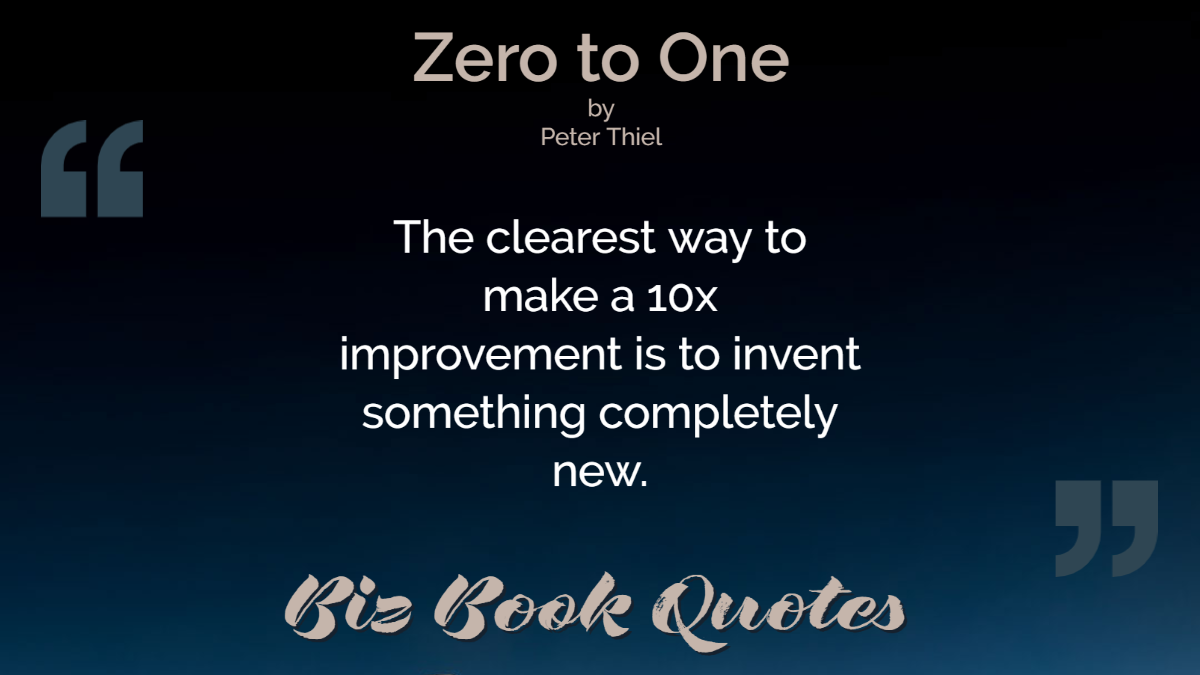
|
Zero to One:
The clearest way to make a 10x improvement is to invent something completely new.
|
48 |
|
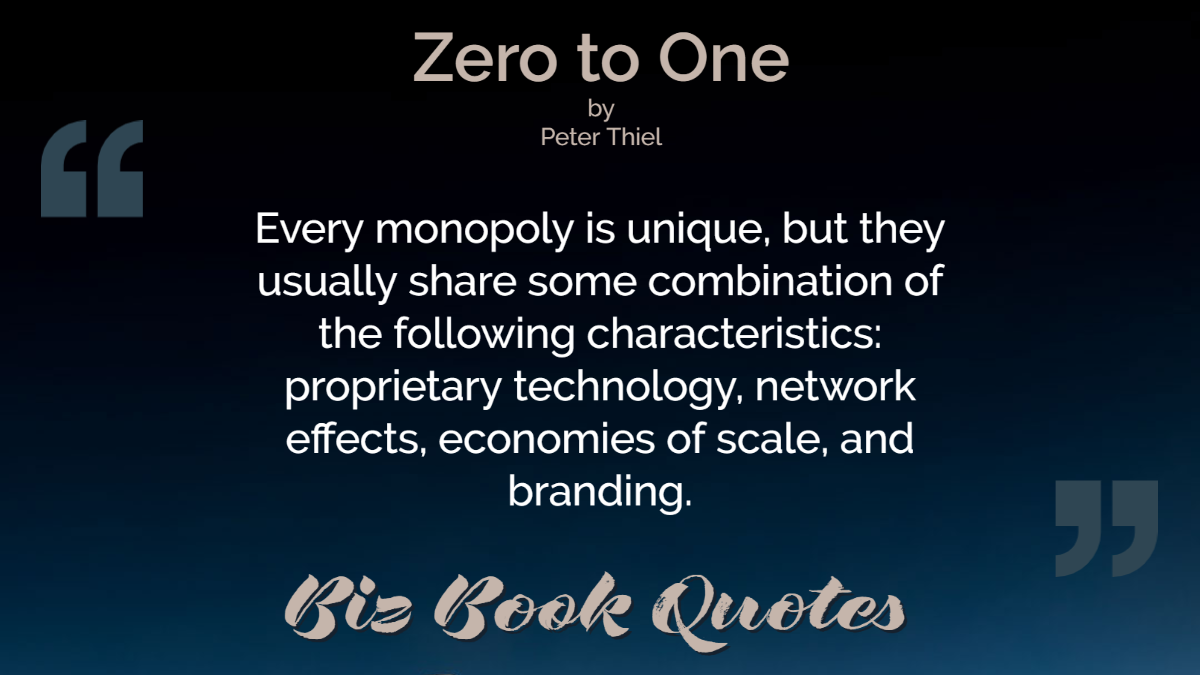
|
Zero to One:
Every monopoly is unique, but they usually share some combination of the following characteristics: proprietary technology, network effects, economies of scale, and branding.
|
48 |
|
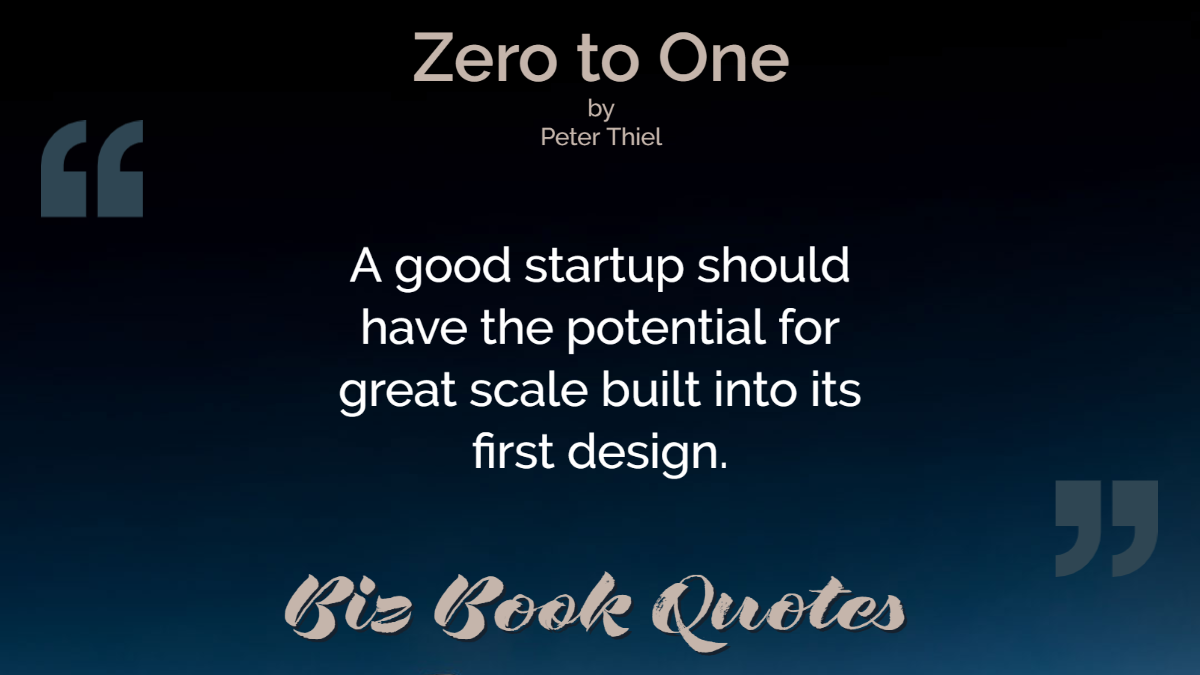
|
Zero to One:
A good startup should have the potential for great scale built into its first design.
|
51 |
|
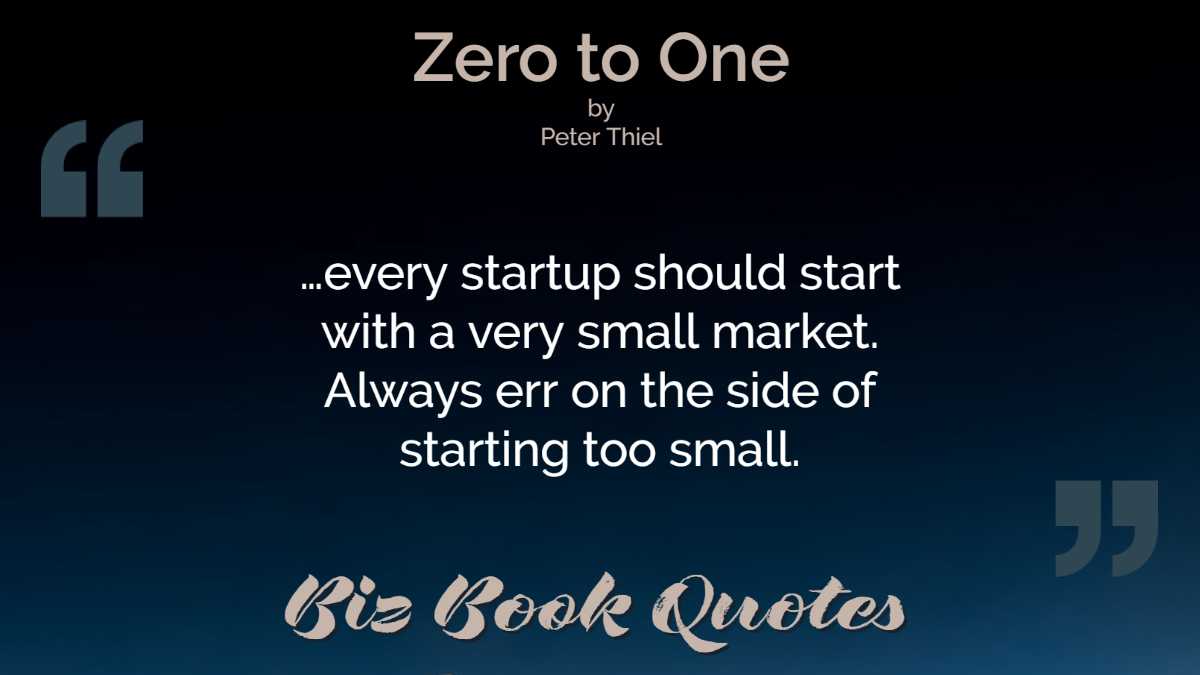
|
Zero to One:
…every startup should start with a very small market. Always err on the side of starting too small.
|
53 |
|

|
Zero to One:
The perfect target market for a startup is a small group of particular people concentrated together and served by few or no competitors.
|
54 |
|

|
Zero to One:
Once you create and dominate a niche market, then you should gradually expand into related and slightly broader markets.
|
54 |
|

|
Zero to One:
The most successful companies make the core progression – to first dominate a specific niche market and then scale to adjacent markets – a part of their founding narrative.
|
56 |
|
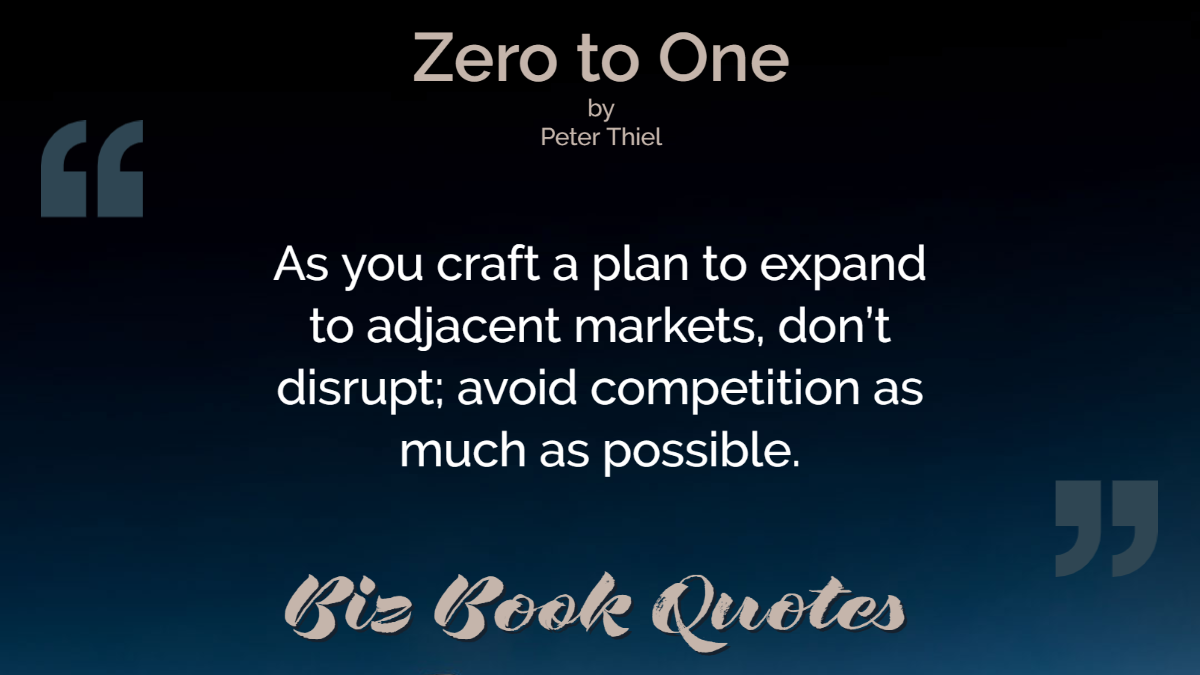
|
Zero to One:
As you craft a plan to expand to adjacent markets, don’t disrupt; avoid competition as much as possible.
|
57 |
|

|
Zero to One:
The most contentious question in business is whether success comes from luck or skill.
|
59 |











